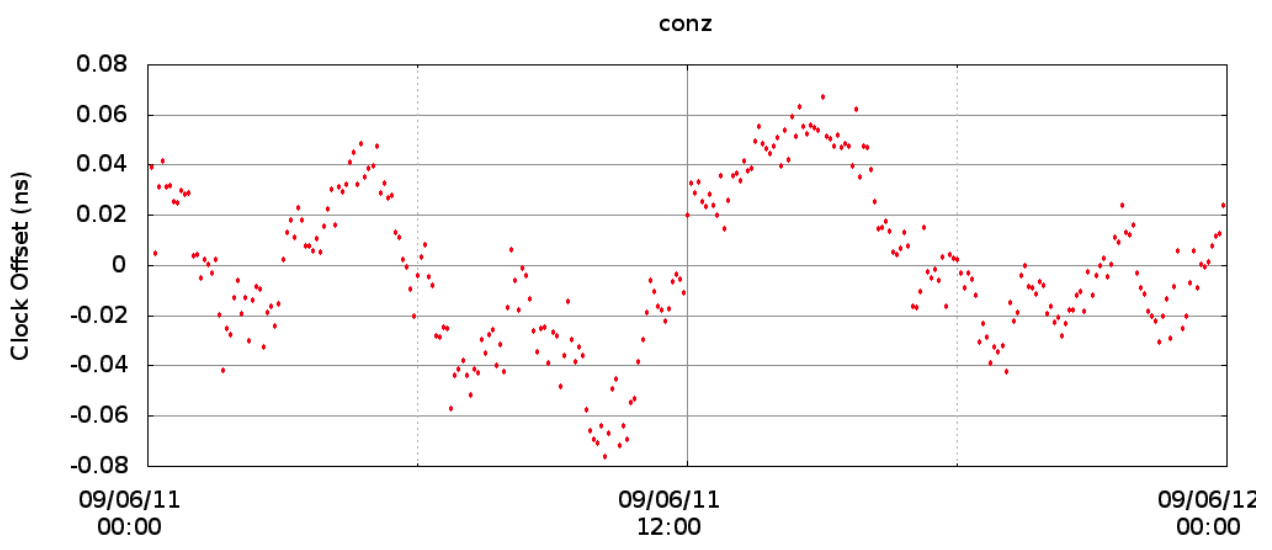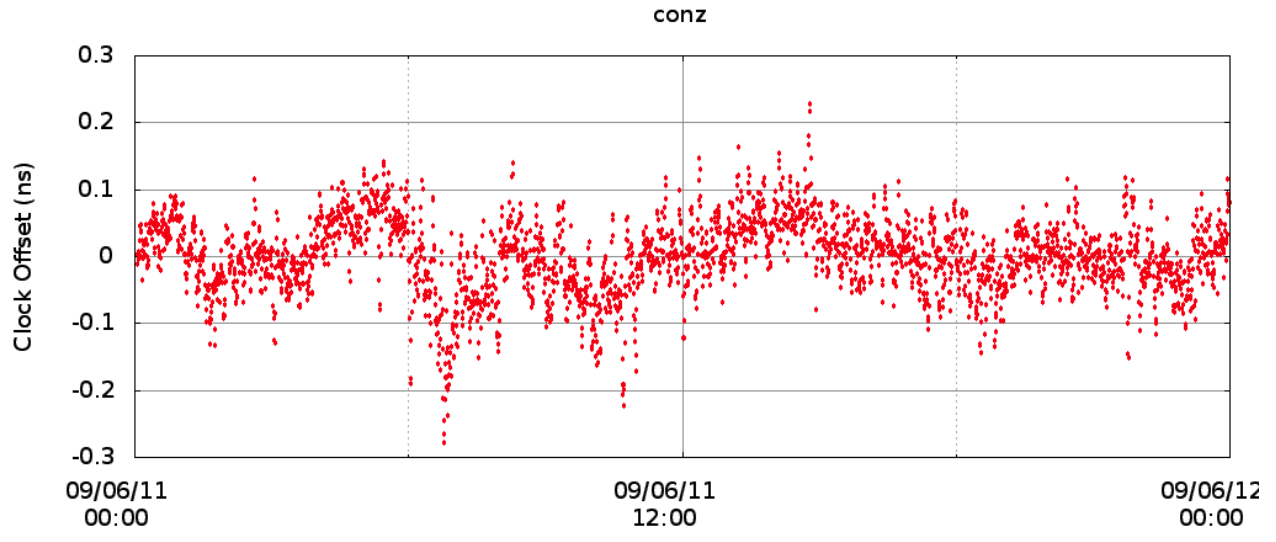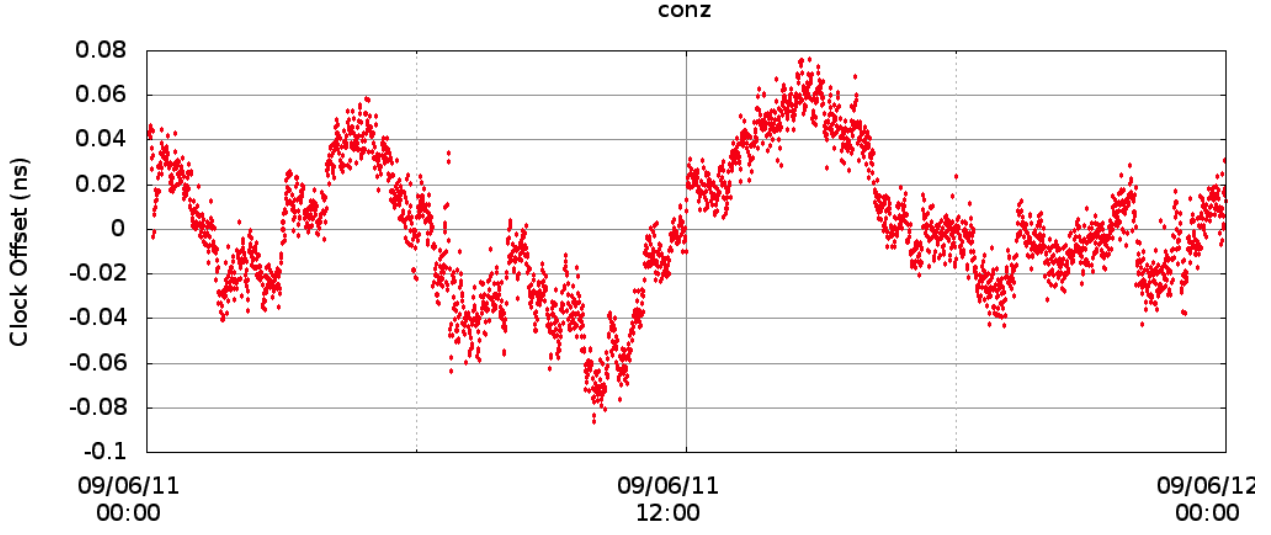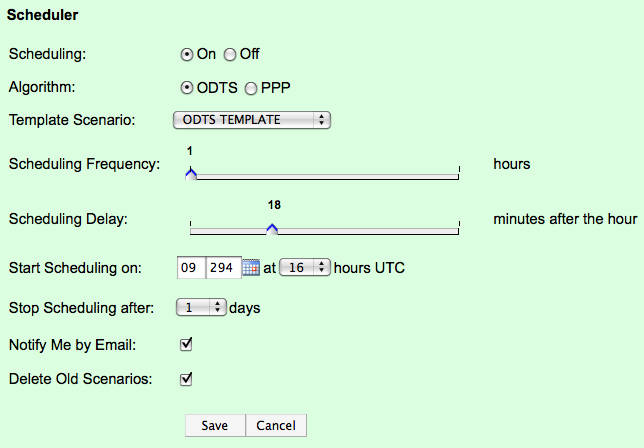Starting on GPS Week 1406 (Dec 17, 2006), the International GNSS Service (IGS) publishes final GPS satellite clocks at a rate of 30 seconds, in addition to the usual 5-minute rate. These high-rate satellite clocks are very useful for Precise Point Positioning (PPP), the algorithm in magicGNSS that processes stand-alone station data to calculate the station position, clock, and tropo delay.
Using 30-sec satellite clocks as input for PPP, one can choose a 30-sec station data rate without having to interpolate the input satellite clock values. magicGNSS supports 30-sec and 5-min data rates in PPP. As from today, if you select a 30-sec data rate in PPP and final 30-sec satellite clocks are available from IGS, they will be used instead of 5-min clocks. Remember that IGS final products have a latency of 2 to 3 weeks.
Until now if you selected a 30-sec data rate in PPP, the input 5-min clocks from IGS had to be interpolated. Clock interpolation is a bad thing because the interpolated values do not reflect the true satellite clock behavior at the interpolation epochs. The following figures show the effect of clock interpolation on the CONZ clock estimation from PPP:

5-min station clock from PPP (no interpolation)

30-sec station clock from PPP (interpolation, WRONG!)

30-sec station clock from PPP (no interpolation)







